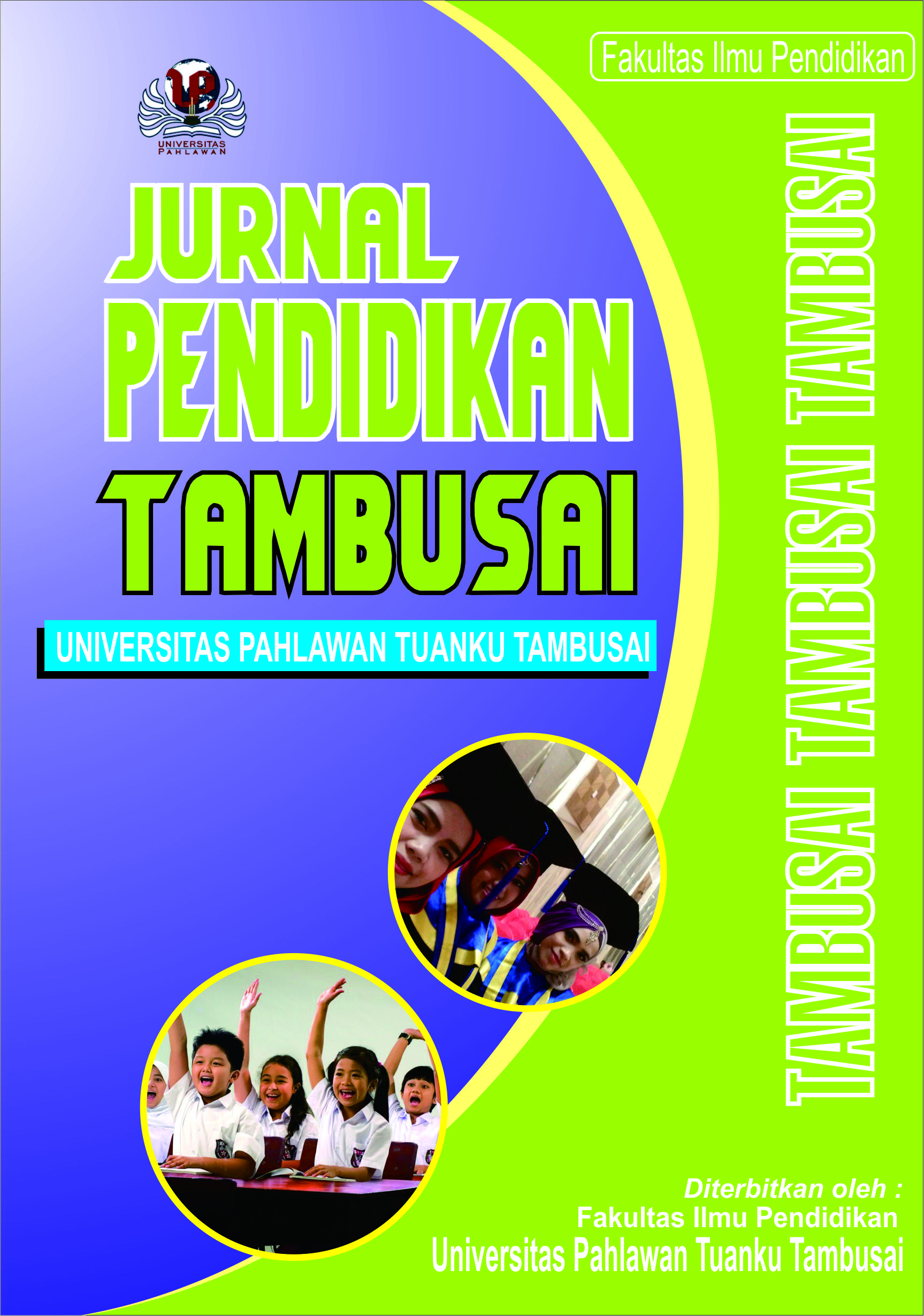Pengaruh Halal Brand Image terhadap Purchase Intention dalam Industri Restoran Waralaba di Indonesia
DOI:
https://doi.org/10.31004/jptam.v7i3.11858Keywords:
Altruisme, Kewajiban Moral, Informasi Elektronik dari Mulut Ke Mulut, Citra Merek Halal, Niat MembeliAbstract
References
Bowles, S., & Gintis, H. (2011). No Title. A Cooperative Species: Human Reciprocity and Its Evolution, Princeton University Press, Princeton, NJ.
Halstead, J. M. (2007). Islamic values: a distinctive framework for moral education? Journal of Moral Education, Vol. 36, 283–296. https://doi.org/10.1080/03057240701643056
Haro, A., Oktaviana, D., Dewi, A. N., Anisa, W., & Suangkupon, A. (2020). The influence of brand image and service quality towards purchase intention and its impact on the purchase decision of Building halal industry in Indonesia Samsung smartphone. Proceeding on the International Conference on Economics, Business, and Economic Education, 329–336.
Kearns, A., & Whitley, E. (2019). Associations of internet access with social integration, wellbeing, and physical activity among adults in deprived communities: evidence from a household survey. BMC Public Health.
Lu, Y., Guo, C., Lu, Y., & Gupta, S. (2018). The role of online communication in avoiding perceived restrictiveness of shopping websites: A social learning theory perspective. Nankai Business Review International, 9(2), 143–161. https://doi.org/10.1108/NBRI-11-2017-0063
Ma’rifat, T. N., & Sari, M. (2017). Application of halal assurance system on SME field of animal food processing. Khadimul Ummah: Journal of Social Dedication, Vol. 1, 39–46. https://doi.org/10.21111/ku.v1i1.1421
Rahman, M. A., Abir, T., Yazdani, D. M. N., Hamid, A. B. A., & Mamun, A. A. (2020). Brand image, e-WoM, trust, and online purchase intention of digital products among Malaysian consumers. Journal of Xi’an University of Architecture and Technology.
Roy, D., & Banerjee, S. (2007). Care-ing strategy for integration of brand identity with brand image. International Journal of Commerce and Management, 17(1–2), 140–148. https://doi.org/10.1108/10569210710776512
Sajtos, L., Kreis, H., & Brodie, R. (2015). Image, brand relationships and customer value: Exploring the moderating role of advertising spending- and labour-intensity in customer loyalty. Journal of Service Theory and Practice, 25(1), 51–74. https://doi.org/10.1108/JSTP-11-2013-0261
Soesilawati, E. S., & Yuliana, C. I. (2013). A comparison of consumers’ behavior in Muslim majority and minority areas. Jurnal Ekonomi Dan Pembangunan, 21, 167–178.
Uma Sekaran dan Roger Bougie. (2017). An easy way to help students learn, collaborate, and grow. www.wileypluslearningspace.com
Wilson, J. A. j., & Grant, J. (2013). Islamic marketing – a challenger to the classical marketing canon? Journal of Islamic Marketing, 4(1), 7–21. https://doi.org/10.1108/17590831311306327
Zhu, Y. Q., & Chen, H. G. (2015). Social media and human need satisfaction: implications for social media marketing. Business Horizons.
Downloads
Published
How to Cite
Issue
Section
Citation Check
License
Copyright (c) 2023 Nur Ali Astaguna

This work is licensed under a Creative Commons Attribution-ShareAlike 4.0 International License.
Authors who publish with this journal agree to the following terms:
- Authors retain copyright and grant the journal right of first publication with the work simultaneously licensed under a Creative Commons Attribution License that allows others to share the work with an acknowledgement of the work’s authorship and initial publication in this journal.
- Authors are able to enter into separate, additional contractual arrangements for the non-exclusive distribution of the journal’s published version of the work (e.g., post it to an institutional repository or publish it in a book), with an acknowledgement of its initial publication in this journal.
- Authors are permitted and encouraged to post their work online (e.g., in institutional repositories or on their website) prior to and during the submission process, as it can lead to productive exchanges, as well as earlier and greater citation of published work (See The Effect of Open Access).



